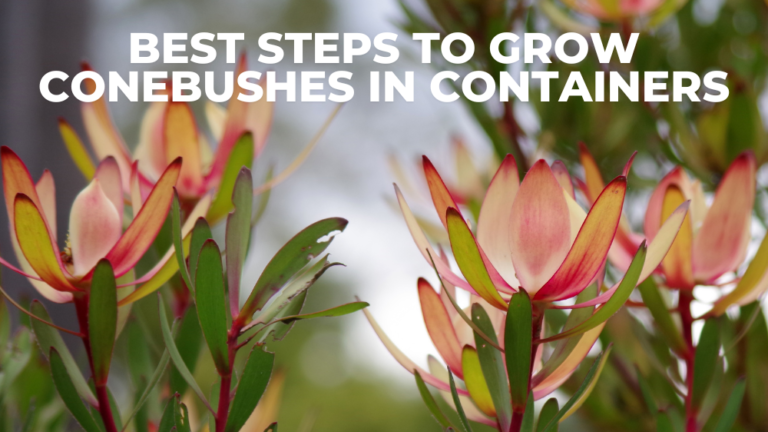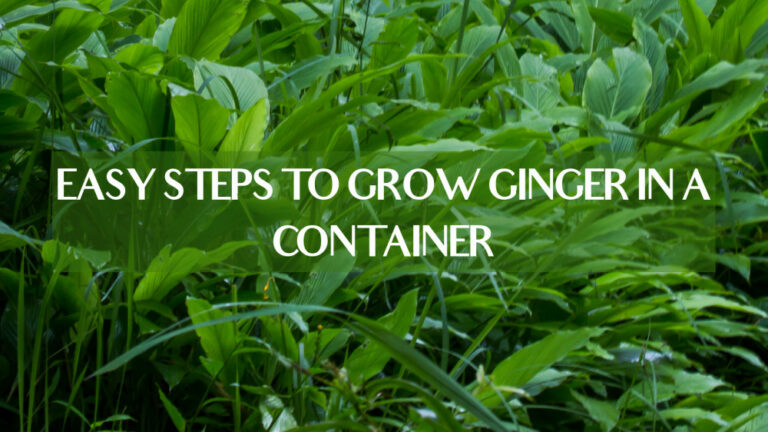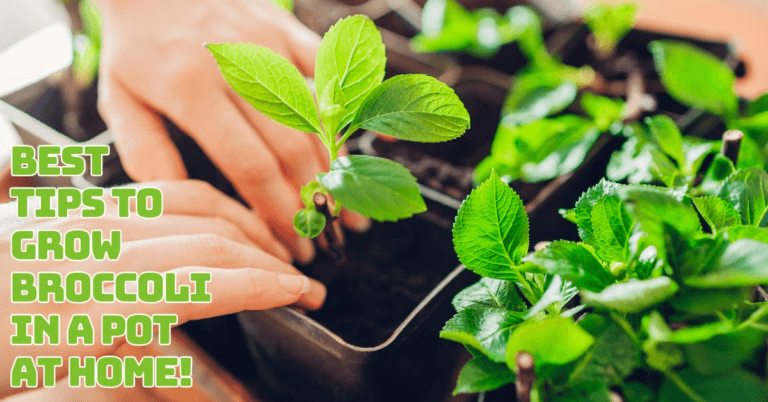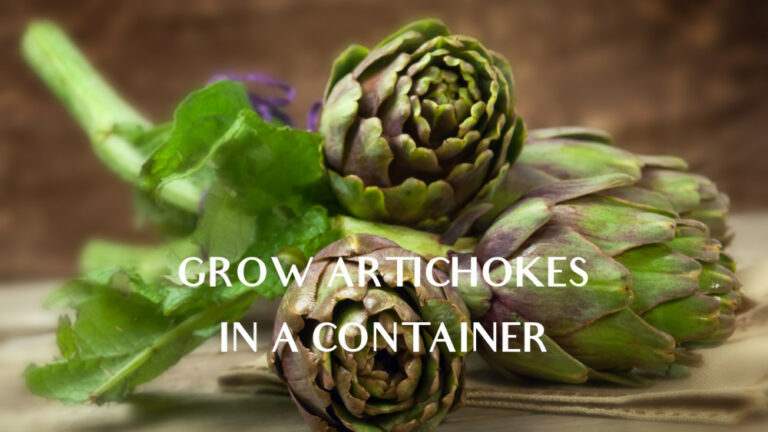Best Steps To Grow Tomatoes In Containers
Best Steps To Grow Tomatoes In Containers
Regardless of size, any tomato type can be grown in a container if the pot is large enough to fit the plant's size and demands.
Tomatoes are high-maintenance plants with large root systems. The larger the plant, the larger the container you should use.
I've grown tomatoes in various ways, including directly in the ground, in raised beds, in containers, and even indoors for a brief time.
To boost my yield each time, I've tried practically every tip in the book, both scientific and folk wisdom-based.
I've discovered that there aren't any “tricks” to getting a large harvest, just a sequence of well-timed steps that will result in excellent tomatoes Every single time.
I do this every year before starting to plan my tomato harvest, and I've also put the procedures in the order that you should follow.
These straightforward suggestions will increase your harvests while saving you time and money in the yard. Before all, I’ll share some information you need to know about tomatoes.
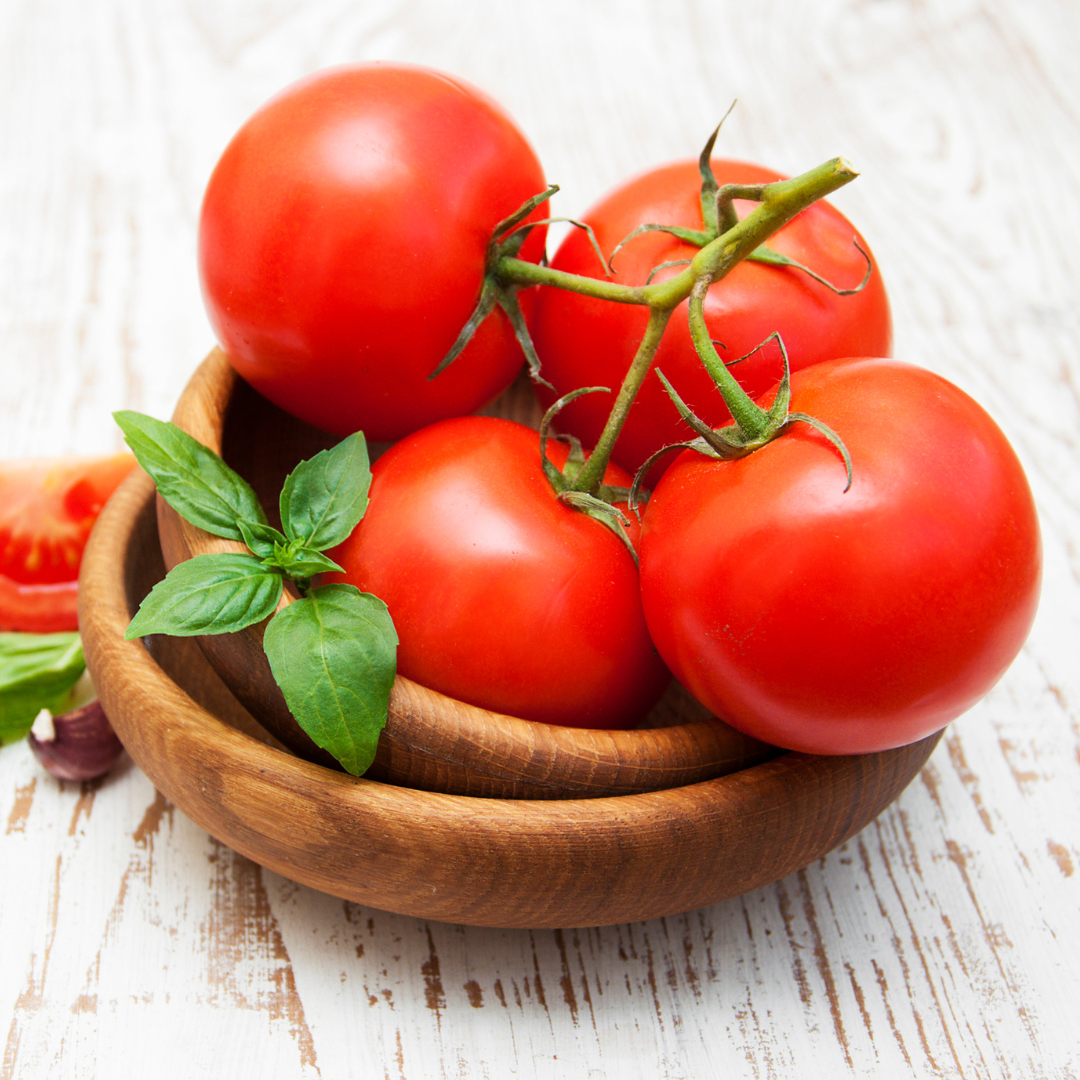
History & Origin Of Tomatoes
The oldest tomato fruit and leaves are Solanum Lycopersicum var. Lycopersicum. 1558 page from the En Tibi Herbarium Naturalis Leiden is a natural history museum in Leiden, the Netherlands.
Western South America is home to the tomato's wild ancestor. In these wild versions, they were the size of peas.
The Aztecs and other Mesoamericans were the first to domesticate and employ the fruit in their recipes.
Tomatoes were first introduced to Europe by the Spanish, who utilized them in their cuisine. The tomato was first grown as a decorative plant in France, Italy, and northern Europe.
Botanists identified it as nightshade, a relative of the toxic belladonna. Therefore, it was treated with mistrust as a meal.
This was made worse by the acidic tomato juice reacting with the metal plates. Tomatine is present in the leaves and immature fruit, which is hazardous in large doses. The ripe fruit, on the other hand, is devoid of tomatine.
Cultivation Of Tomatoes
Thousands of kinds of tomatoes are grown around the world. Tomato fertilizer or vegetable fertilizer with an NPK ratio of 5–10–10 is commonly sold, while manure and compost are utilized. According to Wikipedia- A pound of tomato seeds contains around 150,000 seeds.
Types Of Tomatoes
Around 10,000 different tomato varieties exist worldwide, ranging in hue from pink to purple, yellow to white, and even black.
Tomatoes that are striped or speckled are also available. Here, I’m adding seven popular types of tomatoes with their nutritional content.

1. Cherry Tomatoes
One cherry tomato (17 grams) has only 3 calories and traces levels of many vitamins and minerals.
Trusted Source-(FoodData Central)
Highly respected food and nutrition database from the United States Department of Agriculture|Governmental Authority
2. Heirloom Tomatoes
A medium (123-gram) heirloom tomato contains 22 calories and 552 mcg of beta carotene, a powerful antioxidant precursor to vitamin A, which is important for good vision.
Trusted Source(PubMed Central)
Highly respected database from the National Institutes of Health
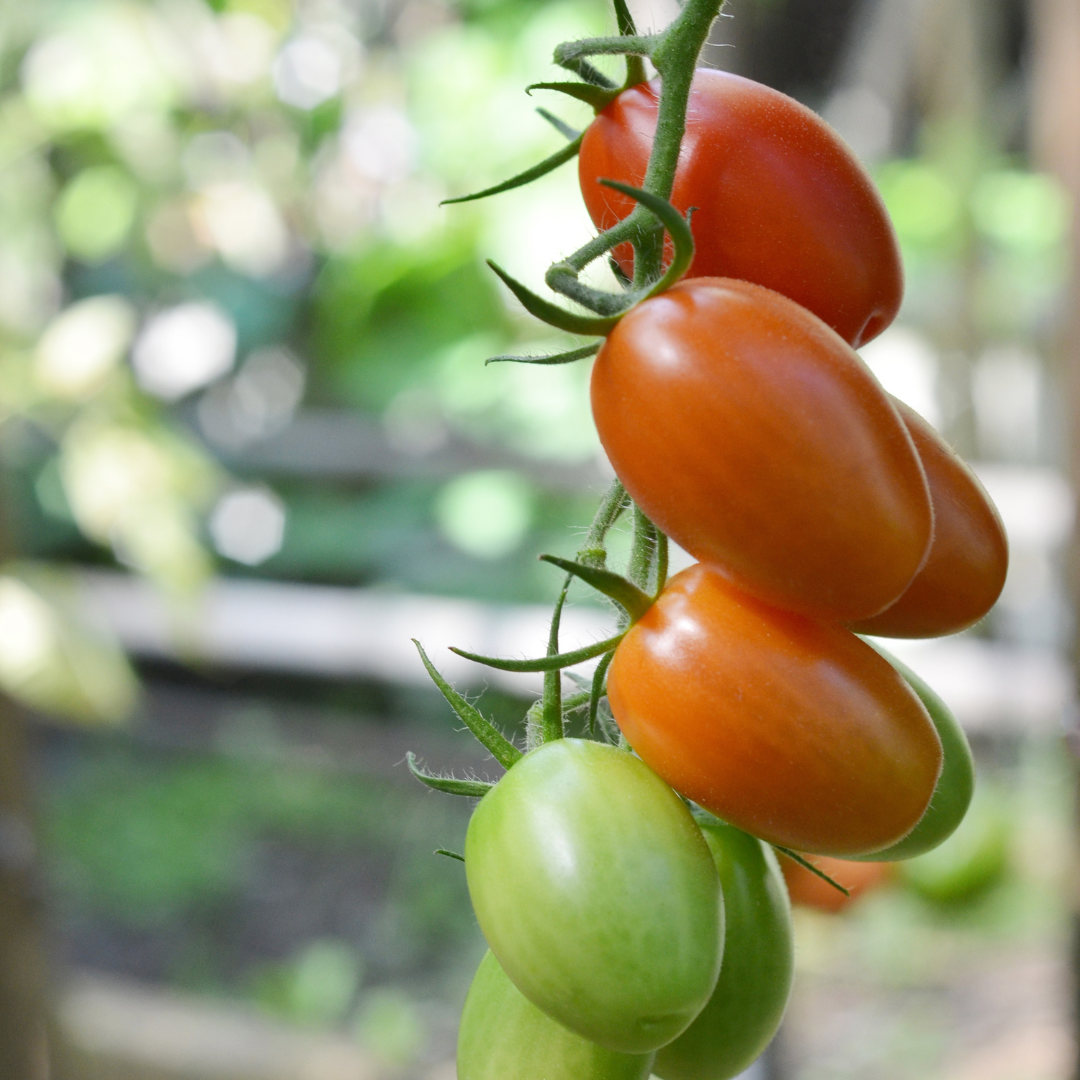
3. Grape Tomatoes
Grape tomatoes are about half the size of cherry tomatoes. They don’t contain as much water and have an oblong shape. One grape tomato (8 grams) has only 1 calorie.
Trusted Source-(FoodData Central)
Highly respected food and nutrition database from the United States Department of Agriculture|Governmental authority
4. Beefsteak Tomatoes
One large (182-gram) beefsteak tomato with a 3-inch (8-cm) diameter contains 33 calories, 2 grams of fibre, and 28% of the Daily Value (DV) for vitamin C — and immune-boosting antioxidant vitamin.
Trusted Source-(FoodData Central)Highly respected food and nutrition database from the United States Department of Agriculture|Governmental Authority
(PubMed Central)-Highly respected database from the National Institutes of Health
5. Green Tomatoes
Green tomatoes are low in calories, with one medium (123-gram) green tomato containing 28 Calories.
Trusted Source-(FoodData Central) Highly respected food and nutrition database from the United States Department of Agriculture|Governmental Authority
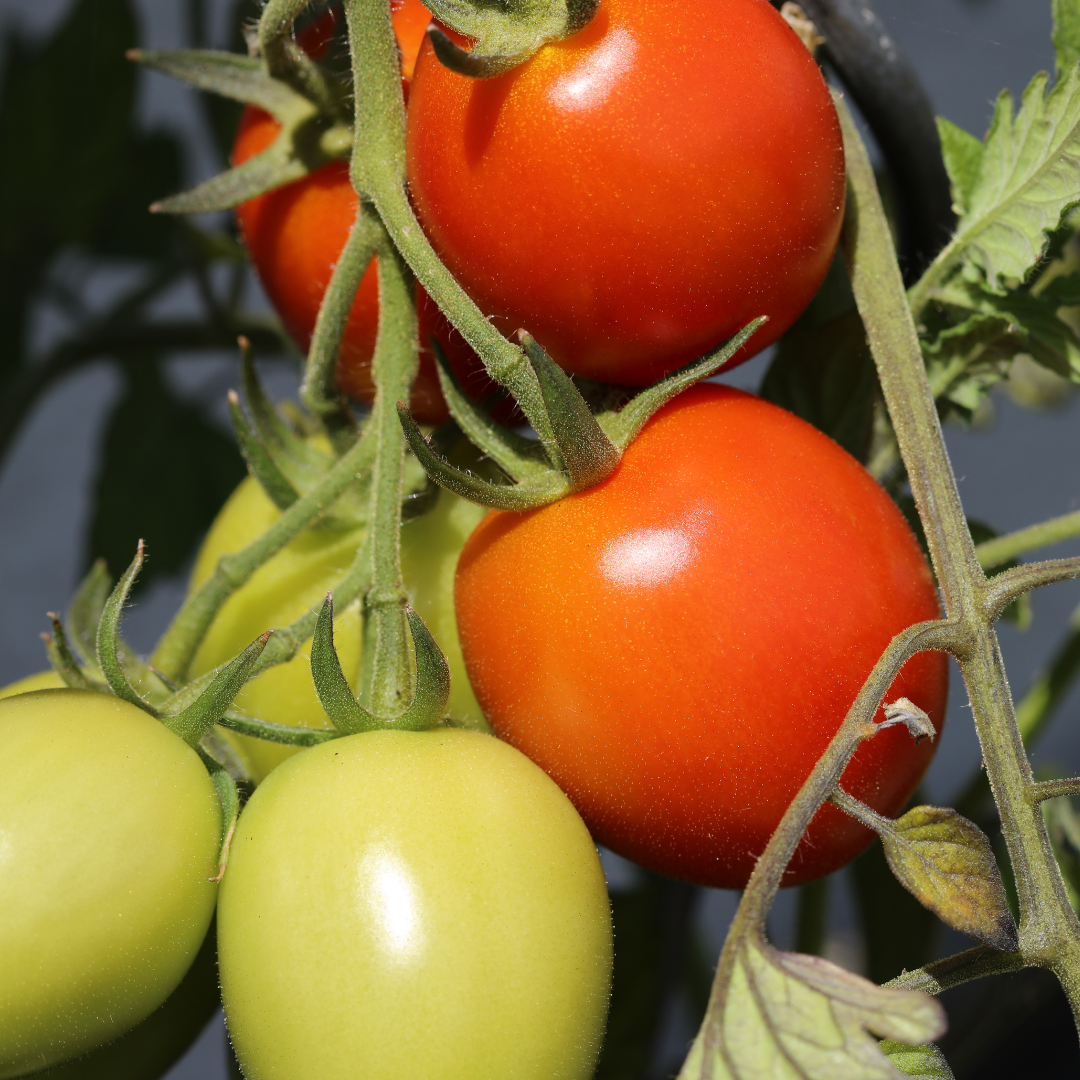
6. Roma Tomatoes
One Roma tomato (62 grams) contains 11 calories and 1 gram of fiber.
Trusted Source-(FoodData Central)Highly respected food and nutrition database from the United States Department of Agriculture|Governmental Authority
7. Tomatoes On The Vine
One medium (123-gram) tomato on the vine has a nutrient content similar to other varieties, containing 22 calories and 3,160 mcg of lycopene — a potent antioxidant with heart-protective effects.
Trusted Source-(FoodData Central) Highly respected food and nutrition database from the United States Department of Agriculture|Governmental authority.
Now let’s go to 11 Secret Techniques To Improve growing tomatoes in containers. At the end of all tips, I’ll share some of the names of the tomatoes to help you choose the right variety for your pot garden.
Steps To Grow Tomatoes In Containers
1. Select The Appropriate Tomato Variety
Tomato plants are not little. Their heights can range from 3 to 12 feet, depending on the kind. The tallest tomato plant ever grew to be 65 feet tall.
A 65-foot tomato plant in a container on your balcony is not a good idea. Choosing the correct tomato variety before you begin is critical to guarantee good development.
Some tomato types are more suited to containers than others. Most determinate types, which grow to a specific height and are ready to harvest all at once, are perfect, as they average around 4 feet.
Throughout the season, indeterminate cultivars grow taller and taller, easily reaching 6 feet or more.
You can get good results with these varieties:
- Cherokee Purple,
- Green Zebra,
- Black Krim,
- Cuore Di Bue,
- Chocolate Cherry
2. Choose The Right Container To Grow Tomatoes
One of the most important things to remember while growing tomatoes is to utilize a large container—the larger, the better.
It would be best if you chose a large container–a 12-16-inch pot or bucket is sufficient for growing most varieties.
Ensure your container has adequate drainage, then fill it with Watters Potting Soil to within 1 inch of the top, and you're ready to start.
Some gardeners recommend surrounding your tomato with herbs or marigolds. Beginners should avoid putting other plants in their containers. Your tomato despises having to compete with other plants for water.
3. Use High-Quality Potting Mix For Your Tomato Plants
Make sure to use a high-quality potting mix specifically designed for containers. These lightweight mixes provide excellent drainage, preventing root rot and waterlogged soil.
Garden soil should be avoided because it can become compacted, restricting root growth and leading to poor plant health.
Mix in organic compost to boost nutrients, which enhances soil structure and provides essential minerals.
Additionally, a slow-release fertilizer ensures a steady supply of nutrients throughout the growing season, promoting strong, healthy tomato plants with vibrant growth and fruit production.
4. Fertilize Your Tomato Plants Regularly
Fertilize your tomato plants regularly using a balanced liquid fertilizer every 2-4 weeks. Given their high feeding requirements, tomatoes require a consistent flow of nutrients to fuel both their quick development and fruit output.
To maintain the general health of your plants, use a fertilizer (10-10-10 or 20-20-20) that has a balanced proportion of nitrogen, phosphate, and potassium.
Additionally, consider adding calcium to prevent blossom-end rot. Regular feeding encourages lush foliage, strong root development, and an abundant yield of flavourful, healthy tomatoes.
4. Tomatoes Should Be Planted Deeply
Whether you began your selected type from seed or purchased healthy tomato seedlings from a plant nursery, you'll need to move your small seedling into its final growing container shortly.
Most vegetable seedlings, except for tomatoes, are planted at the same depth as their original containers.
Remove the few lowest sets of leaves from a tomato seedling before planting it, then dig a hole deep enough to bury most of the plant.
5. Add Supports For Your Tomato Plants
Some short tomato cultivars don't require any support to flourish. Many will be encountered when growing in containers; you won't have to worry about sustaining your plants.
You must provide some support if you choose to plant any taller types.
The stems of your tomato plants will stay straight and off the ground if you support them. The supports will help keep the plant's weight, preventing branches from snapping under the strain of the enormous fruits.
Staking and caging are two of the most common ways of support. Which one you choose will be determined by the variety and your requirements.
To avoid upsetting the roots once they have grown to the pot's edges, put your selected support structure in place shortly after planting.
6. Sunlight Requirements For Tomato Plants
Tomato plants need at least 6 to 8 hours of direct sunlight daily between 10 a.m. and 4 p.m. When determining where to put tomato pots, look for a spot that gets that much sun.
You can use a sun calculator or go outside to see the amount of sunshine the location receives during the day.
Tomato plants prefer warm weather. Bring the plants indoors or protect them from the cold if the temperature drops below 50°F.
If temperatures remain above 90°F for an extended period, the plant may cease producing blooms, and the fruit may not mature.
7. Water Requirements For Tomato Plants
If a tomato plant is given too little water, it will wilt and weaken, and the tomatoes may get blossom end rot.
Tomato fruits can fracture or split if your plants aren't getting enough water. You may need to water your plants twice daily on hot summer or windy days.
Watering plants the first morning will keep them moist all day and allow the foliage to dry. Water should be applied directly to the soil, not the leaves since this can encourage blight and fungus.
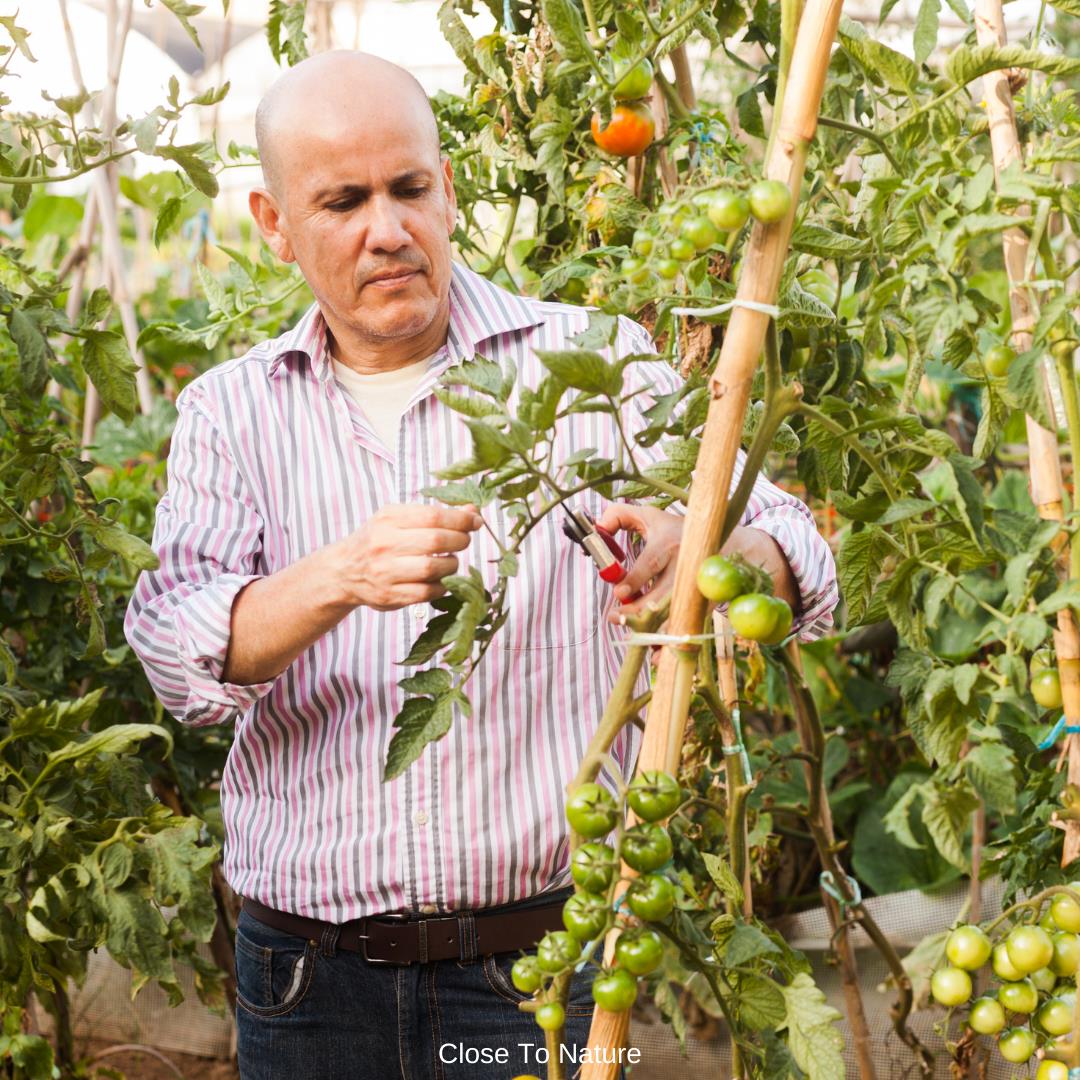
8. Prune Tomato Plants As Needed
Pruning tomato plants is essential in growing healthy and productive plants. Pruning encourages the plant to focus its energy on producing fruit rather than growing unnecessary foliage.
Pruning can also help prevent the spread of disease and improve air circulation around the plant.
One important pruning technique for tomato plants is to remove any suckers that grow between the main stem and the branches.
Suckers are small shoots that grow from the stem where a leaf meets the main stem or the branch.
If left unchecked, suckers can develop into full branches, competing with the main stem for nutrients and water.
This can lead to reduced fruit production and smaller, less flavorful tomatoes. Removing suckers allows the plant to focus its energy on producing larger, healthier fruit.
Removing any yellow or diseased leaves from your tomato plant is also important.
Yellow leaves indicate a nutrient deficiency, while diseased leaves can spread fungal or bacterial infections to other parts of the plant.
By removing these leaves, you can prevent the spread of disease and promote healthy growth.
When pruning your tomato plants, it's important to use sharp, clean pruning shears to avoid damaging the plant.
Make clean cuts at a 45-degree angle to prevent water from pooling on the cut surface and promote healing.
Pruning should be done regularly throughout the growing season to ensure the best results.
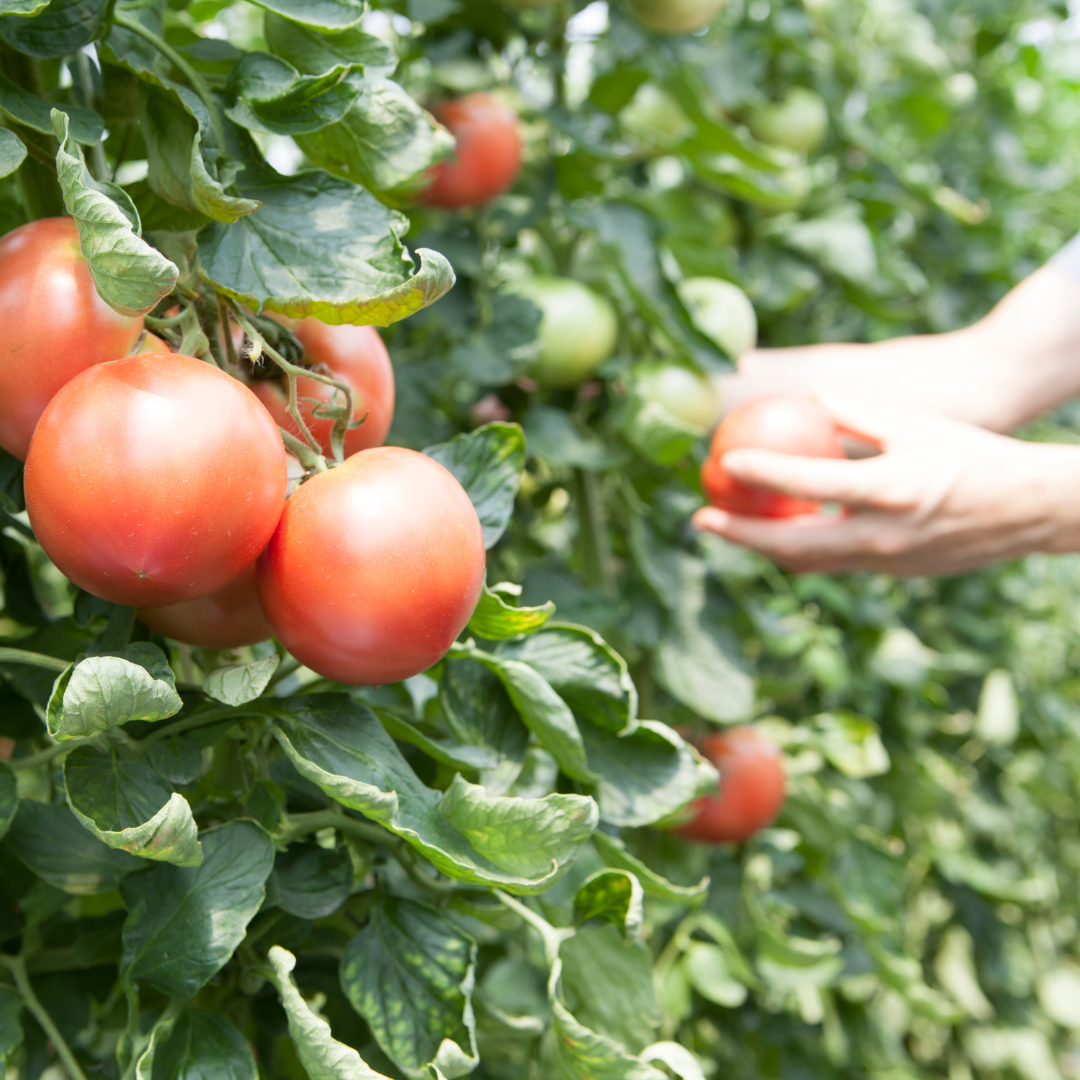
9. Harvesting Tomatoes
Harvesting tomatoes at the right time ensures the best flavour and texture. Tomatoes are usually ready to harvest when they have reached their mature size and have a bright red colour. The size and colour of the tomato will depend on the variety you are growing.
Use a sharp knife or scissors to cut the fruit from the stem to harvest your tomatoes. Leaving a small amount of stem attached to the fruit is important, as this can help prevent rot and disease from entering the tomato.
If you are harvesting tomatoes that are not quite ripe, you can ripen them off the vine by placing them in a paper bag with a ripe banana or apple.
These fruits produce ethylene gas, which can help accelerate the ripening process. Store the bag in a cool, dark place and check on the tomatoes daily until they reach the desired ripeness.
Remember that tomatoes are delicate and should be handled carefully to avoid bruising or crushing.
It's best to handle them gently and avoid stacking them on top of each other, as this can cause them to flatten and lose shape.
Harvesting your tomatoes at the right time and with care will ensure you get the best flavour and texture from your crop.
Best Tomato Varieties For Containers
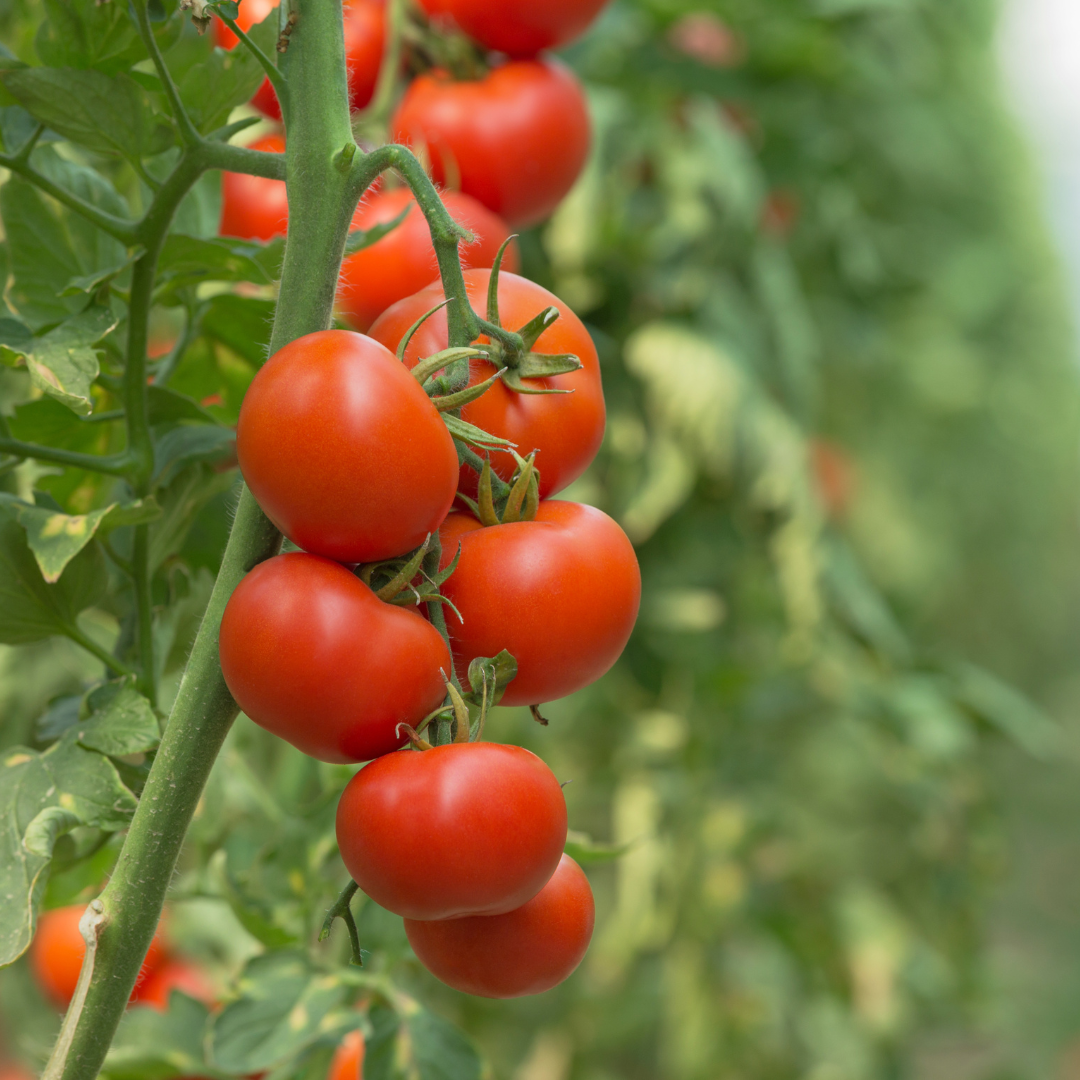
1. Big Boy Bush Tomato
The iconic Burpee's Bush Big Boy Tomato is still a huge, juicy favourite. It's been improved for small-space growers.
This cultivar produces the same quantity of delectable, huge red tomatoes (10 to 11 oz. each) as the original, with the same aromatic, sweet, melt-in-your-mouth juiciness, but the compact plants are half its size!
This hybrid determinate type takes 72-80 days to mature and works best when caged well. It's prized for its bush habit that doesn't require excessive staking.
2. Early Girl Bush Tomato
The Early Girl Bush Tomato is ideal for places with short growing seasons or those who desire a speedy harvest, as it matures in 54-62 days.
The dense bush thrives in containers and doesn't get too big, making it ideal for medium-sized pots.
Getting 100 tomatoes or more from a single plant is possible under perfect growing conditions!
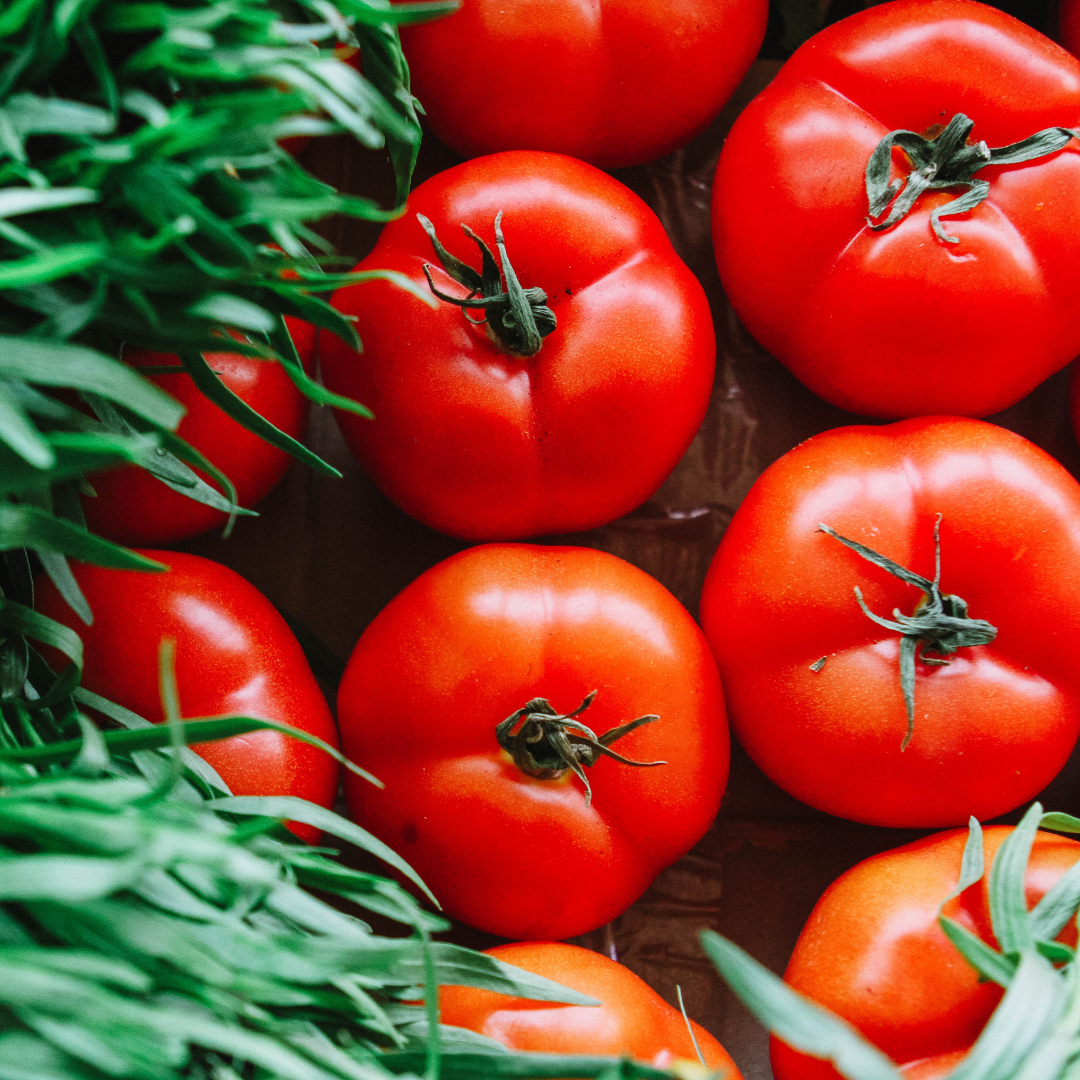
3. Bush Champion Tomato
Gardeners who need to grow tomato plants in space-constrained areas like containers or raised beds will appreciate Bush Champion's compact growth and desirable early bearing and heat tolerance features.
This low-maintenance compact tomato type grows to about 2 feet and produces larger, meatier tomatoes than most early determinates. Furthermore, it matures quickly, in about 65-70 days, and the crop lasts several months.
4. Celebrity Tomato
The Celebrity tomato cultivar can withstand a wide range of environments. Due to its ability to reach a height of 4 feet, it is also known as semi-determinate.
This hardy plant produces clusters of plump, robust, and crack-resistant tomatoes that are valued for their incredibly rich flavour, making it an all-around, dependable choice for sandwiches, snacking, bruschetta, and slicing.
5. Bush Goliath Tomato
This plant can reach a height of 3 feet and produces huge, sweet, red 4-inch tomatoes with a luscious texture, tasty meat, and enough sugar content.
It continues to produce till the first frost and only requires a little shaking now and again. This is one of the best container tomato varieties.
6. Patio F Tomato
With barely bigger fruits than cherry size, this dwarf determinate type is a great choice for container gardeners.
Try growing this variety in tiny or large containers with two to three plants. It doesn't produce much, but you can grow many plants to increase productivity because it's little.
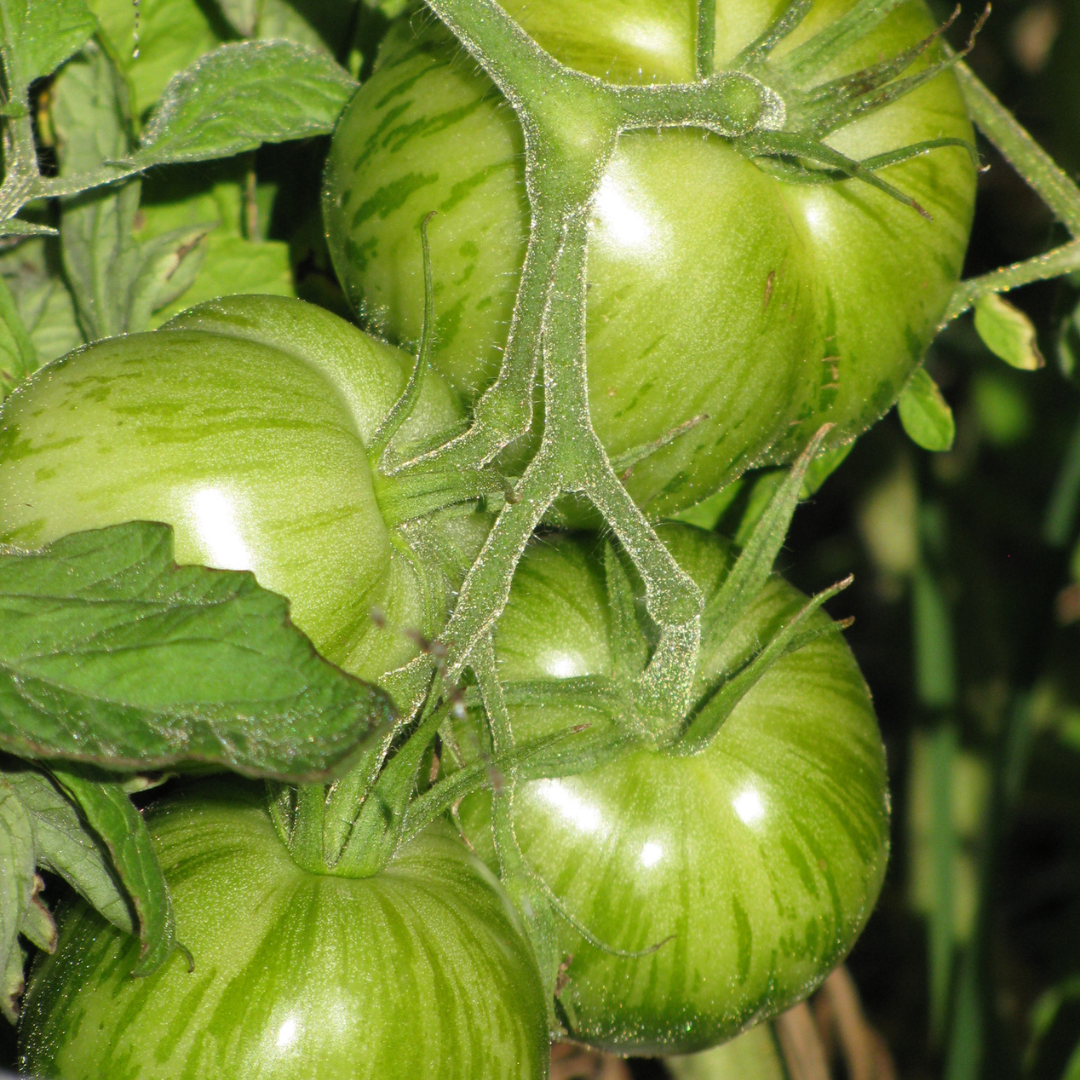
7. Green Zebra Tomato
This kind is a favourite of many chefs because it is attractive in look and different in taste. Suitable for salad toppings and decorations. The habitat of the Green Zebra cultivar is thought to be indefinite.
It can grow to 6-7 feet, depending on your climate. It is popular for its distinct flavour, derived from a somewhat lemon tart that balances the sugar level properly.
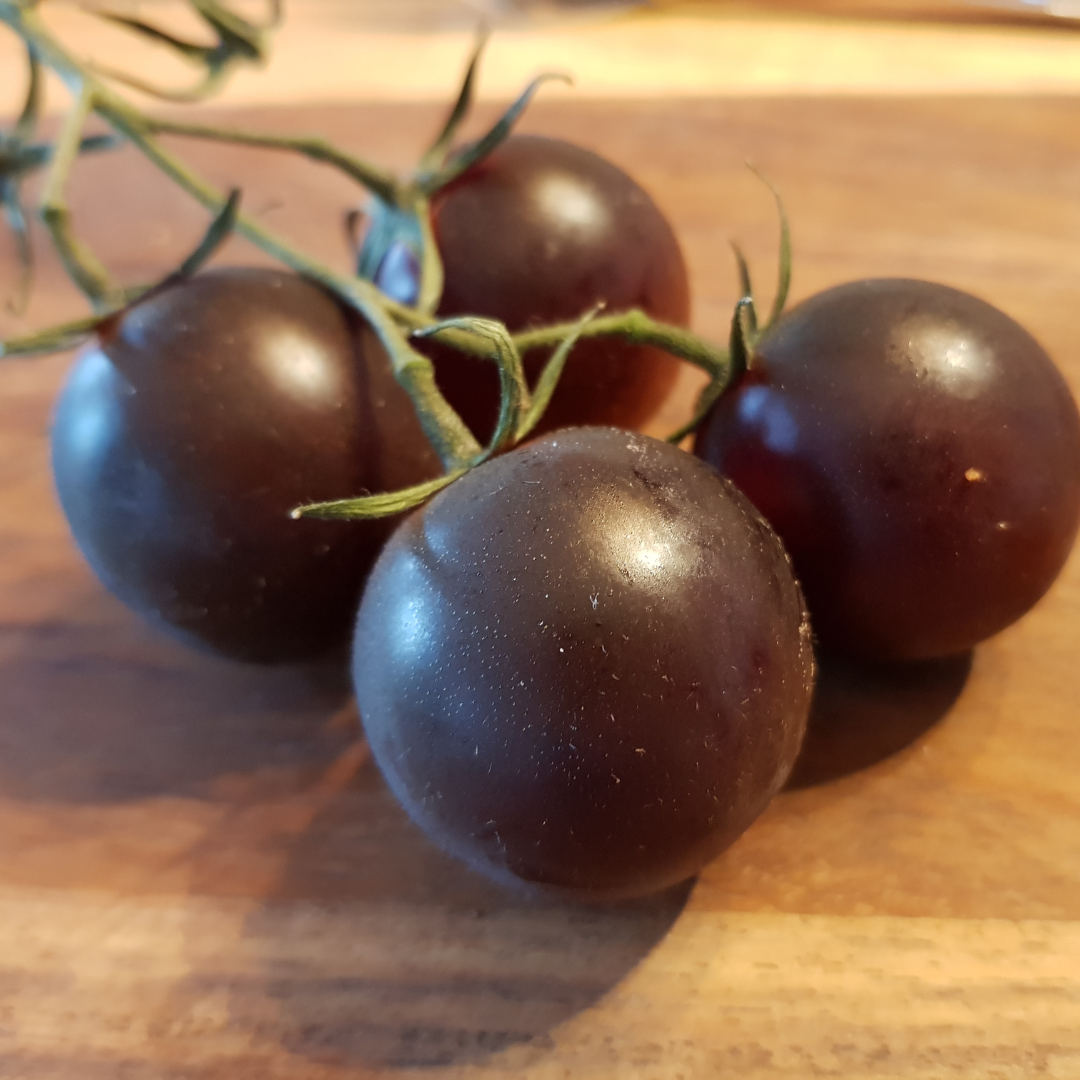
8. Black Krim Tomato
This Russian heirloom was created in Krymsk, Russia, near the Black Sea. Baseball-sized fruits with reddish-brown flesh and a delicious, slightly salty flavour weigh 10–12 ounces.
Fruit sets well in hot weather and is a consistent “black” tomato produced yearly, even in harsh conditions. Support plants that can grow to a height of 6 feet or more.
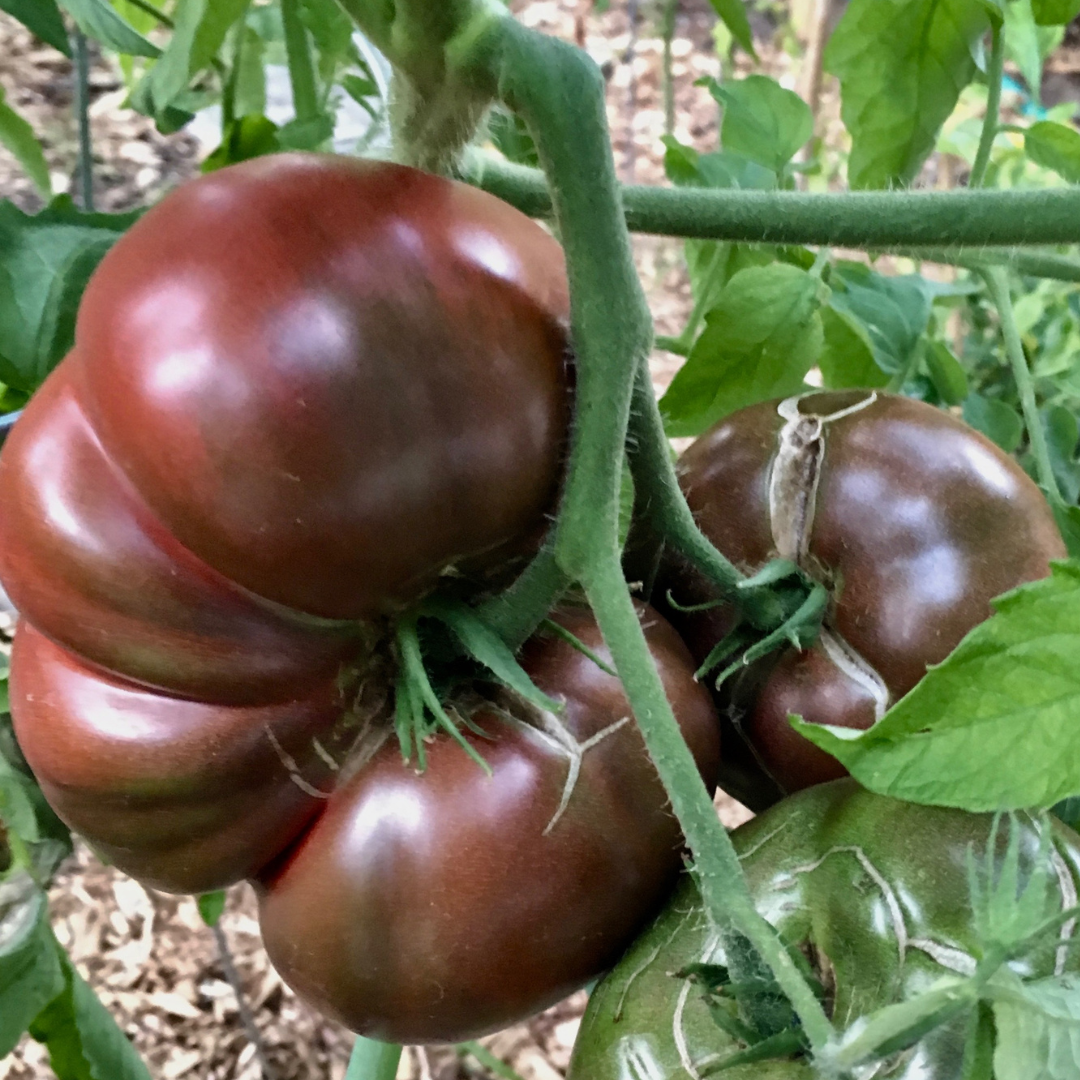
9. Cherokee Purple Tomato
The Cherokees are reported to have donated ‘Cherokee Purple' to a Tennessee family over 100 years ago.
This prized tomato combines sweetness and a tinge of smoke, making it a taste test winner. This popular heritage variety will provide plenty of 10–12 oz tomatoes from July to October. Provide support for vines that reach a height of 6 feet or more.
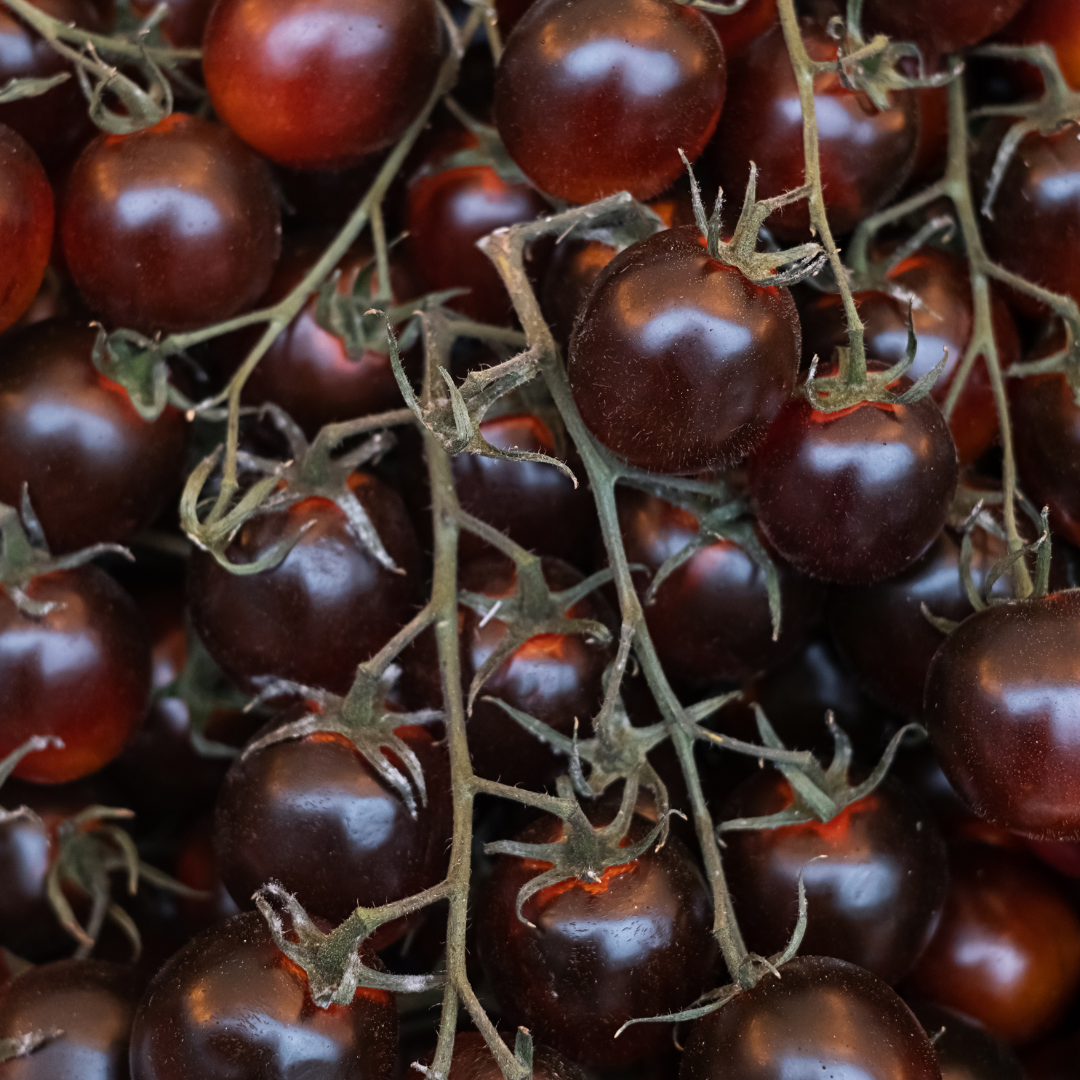
10. Chocolate Cherry Tomato
Chocolate Cherry Tomatoes — doesn’t the name make you hungry? These delicious 1″ purplish-red tomatoes are perfect for snacking and adding a touch of sweetness to salads and pasta.
The prolific vines produce seemingly infinite trusses with 6–8 crack-resistant fruits, keeping you returning for more harvest after harvest.
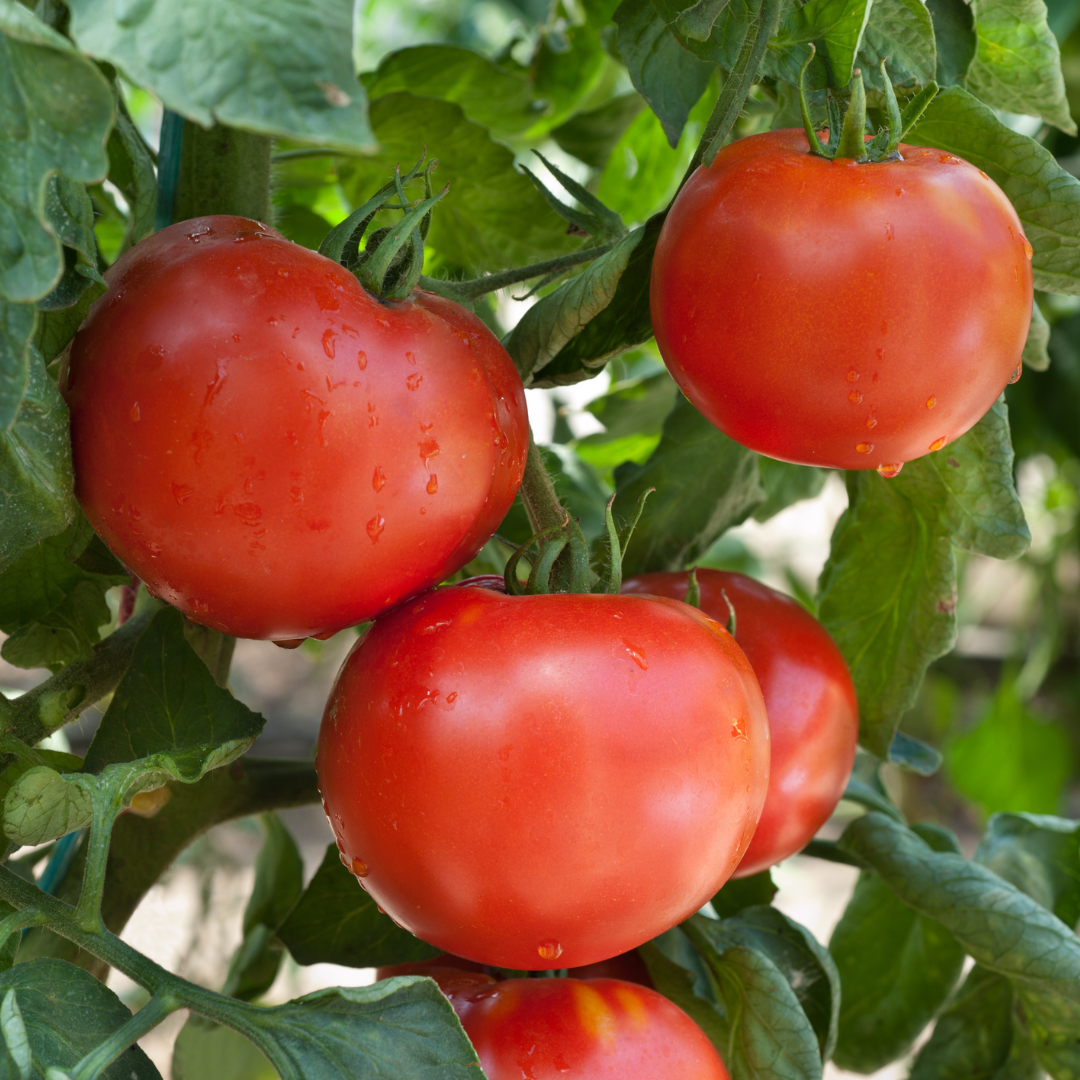
Conclusion
If you follow these procedures, happy plants will thrive in pots for the rest of their lives. There's no need for a backyard garden.
>>>Please click here to find our delicious vegan tomato recipes for your kids<<<
I trust you enjoyed this article on the Best Steps To Grow Tomatoes In Containers. Please stay tuned for more blog posts to come shortly.
JeannetteZ
>>>Please click here to read my all-inclusive article, About The Essential Companion Planting Guide<<<
>>>Please click here to read my all-inclusive article about Container Gardening<<<
Are you interested in homegrown herbs and medicine? Please click here to find out more about it!
Your Opinion Is Important To Me
Do you have thoughts, ideas, or questions? I would love to hear from you. Please leave me your questions, experiences, and remarks about this article on the Best Steps To Grow Tomatoes In Containers in the comments section below. You can also email me at Jeannette@Close-To-Nature.org.
Disclosure
This post may contain affiliate links. I earn from qualifying purchases as an Amazon Associate and other affiliate programs. Please read my full affiliate disclosure.
You might also enjoy these blog posts:
80 Best Colour-Inspired Dog Names










